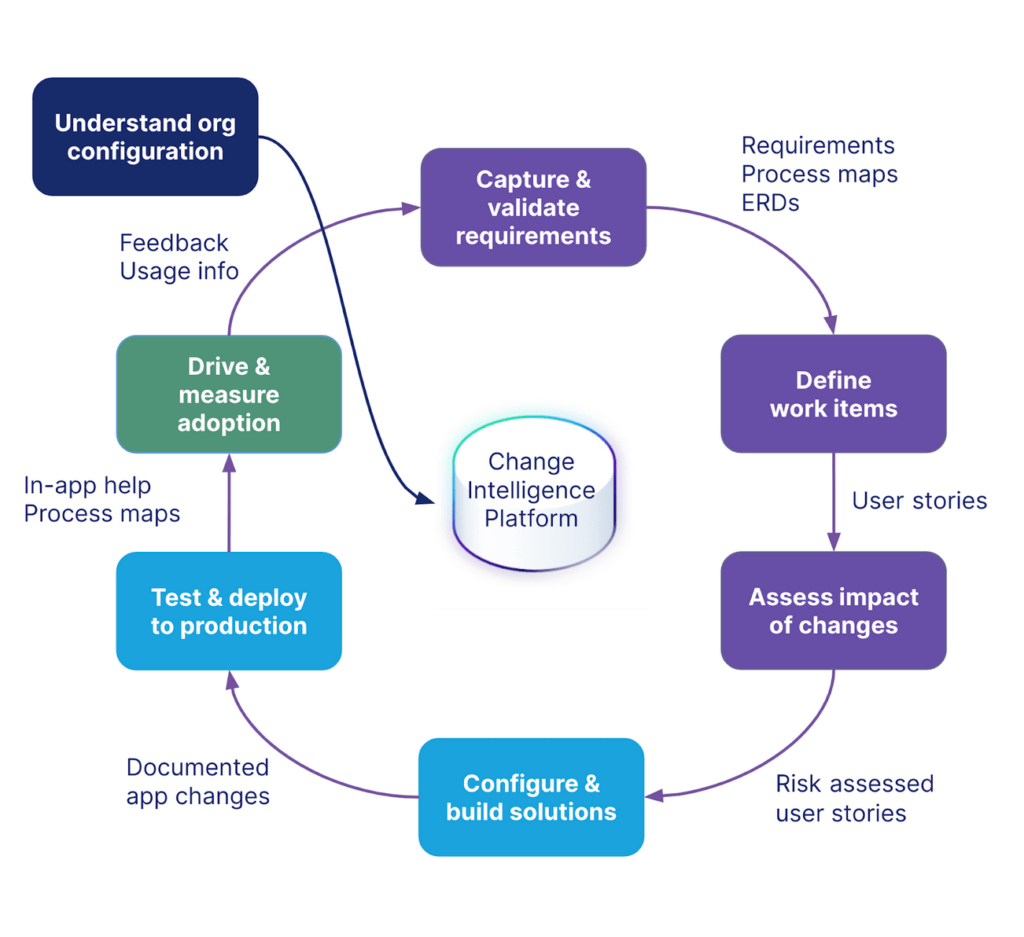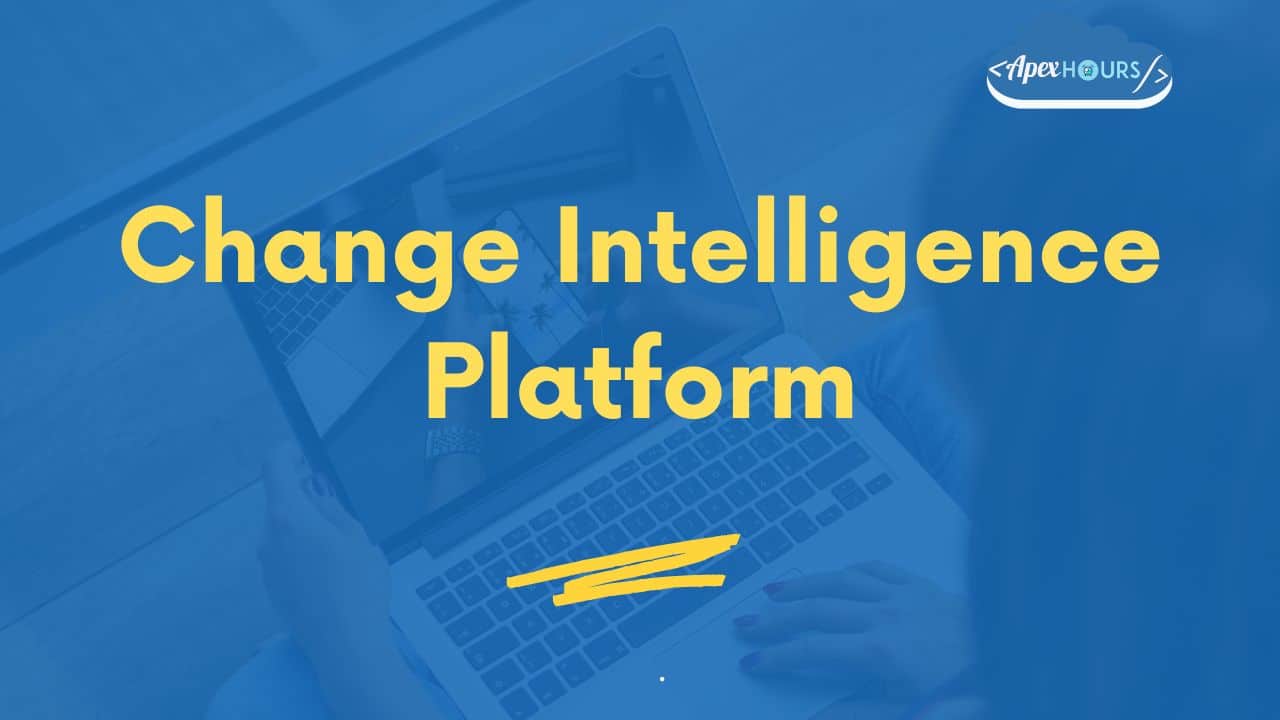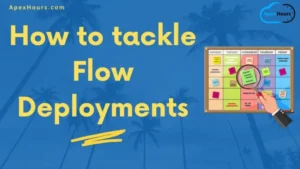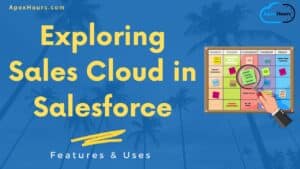Organizations want to drive more rapid change but they need the confidence that they fully understand the risk of changes to their Salesforce Org and to the business. We all know that early, robust business analysis and an understanding of the configuration of the Org massively reduce rework and risk. That knowledge is everywhere, however, it is also siloed.
The Elements.cloud Change Intelligence Platform provides an enterprise scale, aggregated, connected view of all automated and manually created documentation and processes within the org; requirements, business process maps, user stories, org impact, and dependency analysis, configuration changes, security scans, testing, and end-user help. This will come from different sources, in different formats, and created by different teams. Hence the silos. Whatever the source and wherever a change occurs, it can be recorded, tracked, and analyzed within Elements.cloud.
The power is the 3 C’s
- Content: You need all, not just some, of the configuration content to be able to make informed decisions. This means everything related to the core Salesforce platform, customizations and Managed Packages, but also where they are integrated into enterprise on-premise and SaaS apps.
- Connection: Connecting knowledge content, where ever it is stored, takes a fraction of the time compared with the creation of the content. It can be automatically analyzed and connected. Providing access to the most up-to-date content saves hours of frustration and wasted time.
- Context: By analyzing the connected content in context means we can uncover insights that save costly rework and release roll-backs. This early analysis is core to the Shift Left concept – “the earlier you find issues, the cheaper they are to resolve”. The pace of change, the scale, and complexity of Salesforce implementations, and the number of integrations to other apps means that this analysis can now only be done automatically.
Use cases
Digital Transformation
The implementation of new digital business models requires rethinking existing processes and supporting systems. These are strategic implementations that need to be delivered at pace with high confidence of success in terms of user adoption across the entire business.
Implementing a new cloud
It could be expanding the scope of Salesforce to new business areas through the implementation of a new cloud e.g CPQ or Service Cloud or a major Managed Package from an ISV. This is a significant change program that has risk, especially when layered on top of an established, legacy Salesforce implementation.
Org merge/consolidation
Org consolidation projects are being driven from several different perspectives. The first is M&A when both the acquiring and acquired companies have one or more Salesforce orgs. The second is where Salesforce has been implemented at a departmental level and as Salesforce ownership moves to IT they take a more strategic view. There is a driver to have a single org with a single customer record. The final situation is where a new org has been implemented tactically rather than extending the existing org, but the plan was always to merge at a later date. And that time has come.
Lightning migration
There are huge benefits in migrating to Lightning. All the Salesforce R&D investment is in new productivity-enhancing Lightning features. But we know that the levels of tech debt and the risk of making changes to an org that is not well understood are preventing companies from pulling the trigger on the migration.
Org documentation
Rising tech debt and changes that break the org have highlighted the need for better org documentation and optimization. That starts with baselining the configuration with an org discovery project and then providing a central platform for all business change documentation.
Flow migration
Flow is the automation platform going forward. But it is not a simple one-for-one migration from Workflow Rules and Process Builder Workflows to Flow. It is an opportunity to revisit and streamline the process, consolidate the automations and reduce technical debt by great design and good documentation.
Benefits of a Change Intelligence Platform
Accelerate time to value
This is enabling teams to work collaboratively to define what the business needs and then deliver the updates rapidly, with confidence, by having change intelligence. Rework can be reduced by up to 80% by better analysis and change decisions.
Understand the risk of change
What takes weeks can now be done in hours. Dramatically reduce the time to understand your Salesforce configuration, the risk areas, and the implications of making changes. This is the basis to confidently scale improvements across the enterprise. Consultants report that org discovery can be reduced by 85%.
A more complete picture through automated documentation
The cost of downtime for the business users because the org is broken can be significant. Up-to-date and complete documentation ensures teams can make better decisions. The nightly sync with automated org documentation and analysis means your team can focus on developing, running, and achieving more from Salesforce.
Turn individual knowledge into institutional knowledge
When staff or consultants leave you will lose critical insights about your systems’ configuration that takes months to build back up. Make it easy to capture knowledge into one single source of truth. It keeps knowledge current and accessible in a centralized source of truth through automatic and continuous documentation.
Supporting a Center of Excellence:
91% of the top-performing Salesforce programs have a COE in place (10K Advisors report). The heart of a COE is a Change Intelligence Platform that supports all aspects of the program; strategy, tools, best practices, and training to boost your business performance, agility, and resilience.
Risks of a partial view
If you make decisions with incomplete information and without the knowledge that it is incomplete then the risks are higher than having no insights and blindly making changes. The issue is that you do not take action to mitigate the risk because you have no way to assess the risks or even worse you assume you are safe.
There are some apps on the AppExchange that tell you if a Salesforce field has no data. The assumption is that the field is not used and therefore can be deleted. There is pressure because organizations have reached the maximum number of fields on an object and are desperate to delete some. But deleting a field that is empty but critical to automation or integration could break the org and stall the business operation.
To make these decisions you need supporting information such as where the field is used, not just inside Salesforce but by 3rd party systems. You need to know who owns the field and why it was created to be able to understand if it can be removed.
The same is true for the impact assessment apps on the AppExchange. There are several hundred metadata types, so there are thousands of potential dependency types. No apps assess all these dependencies. Most, including the Salesforce Where Used button for custom fields, only scratches the surface. So any app that claims to provide “the complete view” is misguided or stretching the truth.
The power of a Change Intelligence Platform is to aggregate all the available information about your IT landscape so that you can make change decisions and assess the risks of those changes. Much of this can be done automatically, but the Change Intelligence Platform is also the place where manually created documentation can be stored, in context.
Change Intelligence Platform in 2 words
Understanding and Management. You cannot manage what you don’t understand.
Org Understanding: The assessment of the Salesforce org configuration, complexity, and tech debt is consolidated in a comprehensive metadata dictionaries for the impacted systems. It has automated documentation, dependencies, and impact assessments. It is the baseline for all change.
Org Management: It supports the development and collaboration of connected business analysis documentation, tied to the metadata dictionaries, which support the complete change lifecycle. That enables more effective Org Management which leads to Org Excellence
Below are the activities that are typically part of the development or change lifecycle. Each stage relies on knowledge and insights from earlier stages. And as it is a continuous cycle, and change is now constant in organizations, those insights become more and more valuable, and more knowledge is captured.





